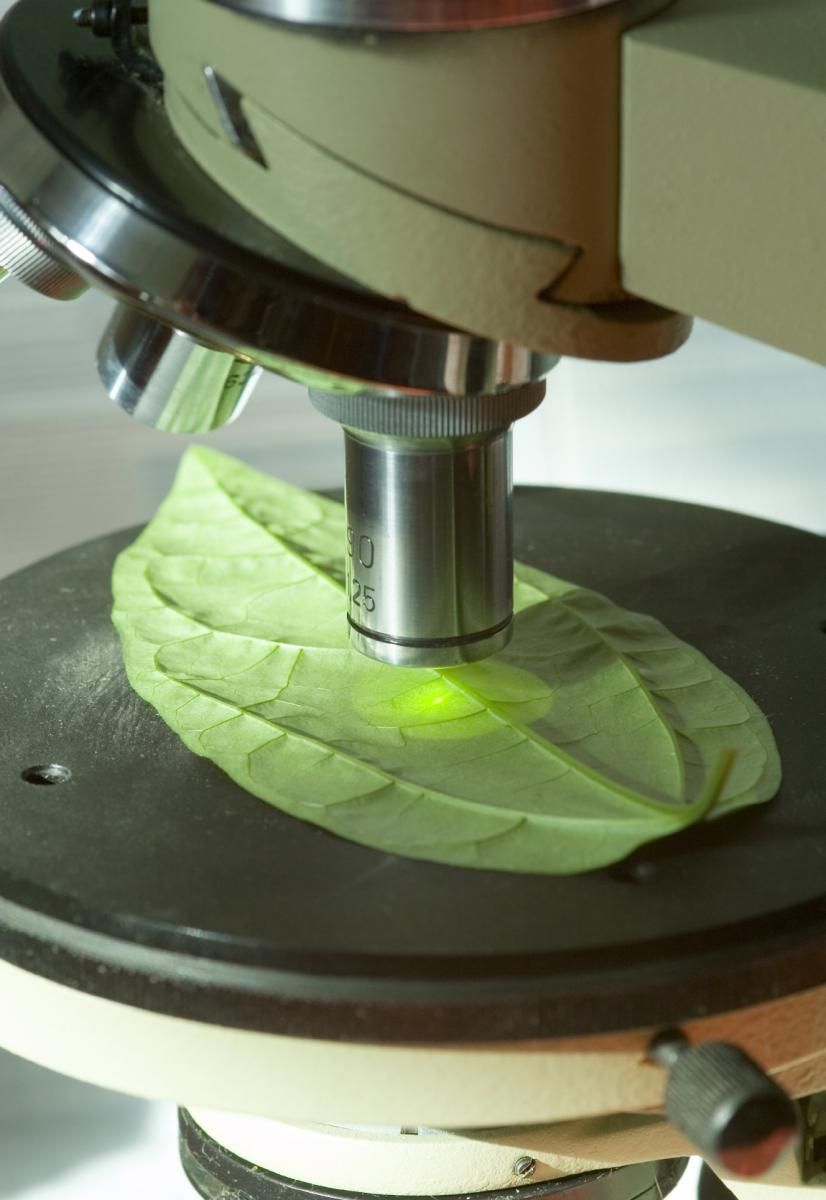Is Plant Cell Culture Like GMO?
DianaPlantSciences says it can build a better ingredient using plant cell culture technology.

One of my most interesting meetings during March’s Natural Products Expo West show was with DianaPlantSciences (Portland, OR), a company that specializes in plant cell culture technology. By managing the growth and reproduction of plants, plant tissues, and plant cells, the company says it can build a better ingredient that contains a higher percentage of desirable active compounds and a lower percentage of-or none at all-undesirable compounds. Of course, what immediately comes to mind is GMO. Is plant cell culture the same as GMO?
No, says company president Marc Philouze. He describes the process. The company extracts cells from a plant, selectively eliminates certain cells with undesirable traits, and then grows the remaining cells and freeze-dries the result. The result is an ingredient like Cocovanol, DianaPlantSciences' first branded ingredient. Cocovanol is a cacao powder (Theobroma cacao) with a very high concentration of polyphenols (>20% total polyphenols) and a very low concentration of caffeine and theobromine.
ActivBerry is another of the company’s branded ingredients, set to launch this year. In nature, unripe bilberries contain the highest concentration of proanthocyanins (PACs). As the fruit ripens, those PACs degrade into anthocyanins, which then lend the fruit its purple color. But purple isn’t ideal if you’re developing, say, a skin cream. “So, what we’ve done is repetitively selected our bilberry cells to stop the growing process once they produce PACs so that they don’t convert into anthocyanins,” Philouze explains. “You now have bilberry cells that have about 15-20% polyphenol content, the vast majority of which are PACs and not anthocyanins.”
Other possibilities the company posits are a ginkgo ingredient with higher levels of ginkgosides or a cinnamon ingredient with a high level of target compounds but without the carcinogenic coumarin.
These are non-GMO methods, Philouze emphasizes. With genetic modification, scientists manipulate a plant’s DNA, adding genes to alter a plant’s makeup in order to create traits outside of nature, such as pest-resistance.
With plant cell culture, the whole plant cell remains intact. “We’re just taking the cells and selectively removing the ones we don’t want-we’re not making the cells into something else,” he says. “We let the cells produce what they want, and then we decide to keep some and not others. During this time, the cells will evolve slightly, but we’re not transforming them into something else. It’s all about selection. Everything that’s produced in our cells is also produced in the plant, even if it’s at a different concentration. So it’s not like Frankenstein where suddenly you create scary molecules that exist nowhere in the plant kingdom.”
“Everything that’s in there can be traced back to what the plant produces,” he continues. “You could argue that if you were to take those cells and put them back in nature, they would regrow a plant. For us, we deem it natural.”
The goal, the company says, is “to reach high active concentrations that far exceed plant performance in the wild, without compromising its natural origin.”
Philouze likens plant cell culture to a process somewhere between a whole-food approach and a pharmaceutical approach. With whole foods, companies grow, harvest, crush, and dry plants-but the resulting material might not have a lot of an active compound, and thus consumers require a high dose to see benefits. In pharma, companies target a high concentration of just one active, but may also miss out on any other constituents that might work synergistically in the plant to also lend benefits. With plant cell culture technology, “you get the best of both worlds,” Philouze says.
Plant cell culture is not unlike selective breeding. There are critics of animal breeding who believe that manipulating animals in this way is unethical. On the flip slide, selective breeding can sometimes happen on its own, in nature, without human intervention, such as when plants cross-pollinate in the wild.
When it comes to plants versus animals, the objections may be fewer. If the outcome is good, does it matter? While GMO has become a dirty word these days-one need only walk the Expo West show floor to hear all the talk about non-GMO-perhaps plant cell culture is less objectionable. And its benefits are undeniable. It is environmentally friendly and feasible. Companies no longer have to waste a ton of biomass in order to yield a tiny amount of active ingredient. Plant cell culture’s controlled environment means companies can also avoid typical agricultural challenges such as rain, drought, pests, and heavy-metal contaminants. Finally, companies can work with a rare or endangered ingredient that might otherwise be prohibitive to harness using traditional methods.
Is building a better ingredient worth the process and added expense? You certainly wouldn’t use plant cell culture technology to create a run-of-the-mill ingredient that you could easily source anywhere else in the industry. The ingredient of target would be special, Philouze says. DianaPlantSciences hopes some companies see the value of its proposition. In addition to producing its own ingredients, the company is looking to partner with other companies that want to harness plant cell culture technology. Now, it’s just a matter of seeing who steps up to the plate.
Jennifer Grebow
Editor-in-Chief
Nutritional Outlook magazine
jennifer.grebow@ubm.com














